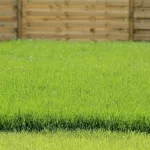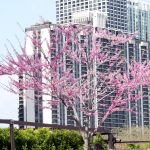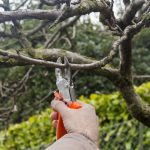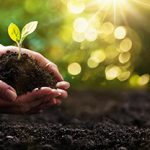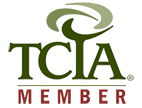The weather in the Chicago area can be extremely volatile. Between the Canadian arctic air, Lake Michigan wind chills, cold and damp springs, and hot summers, it sometimes makes me wonder why I still live here. If the wild changes in weather are difficult for us to deal with, it is also difficult for the trees that we care for.
I enjoy the different seasons of the Chicago area. In the beginning of March, it snowed just a couple more times, covering the trees and letting us know that winter doesn’t officially end until March 20. From the spring blossoms and new leaf growth to the big, dark green leaves that shade us during the warm summer months, to the cascading leaf colors of a crisp cool Autumn morning, to the first snow as it provides a white blanket for our yards; I love our seasons, therefore I tolerate our weather.
Trees and Climate Change
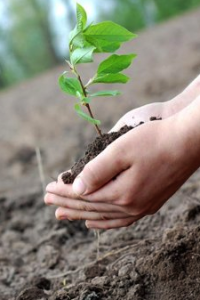 It is impossible to deny that climates do change. Our Great Lakes are a direct result of glaciers receding. Climate change can also have an effect on your trees and shrubs. When the climate becomes warmer and drier, plants and trees become less able to replenish the water they need to thrive. Trees therefore grow less than what they otherwise would while losing their capabilities to resist diseases and pests.
It is impossible to deny that climates do change. Our Great Lakes are a direct result of glaciers receding. Climate change can also have an effect on your trees and shrubs. When the climate becomes warmer and drier, plants and trees become less able to replenish the water they need to thrive. Trees therefore grow less than what they otherwise would while losing their capabilities to resist diseases and pests.
Last year, the U.S. Forest Service did a study of urban forestry in the Chicago area and found that 17% of the 179 tree species native to the area are vulnerable to the effects of climate change. The study concluded that the 1-degree Fahrenheit increase in temperature over the last century has made it difficult for many native trees to survive. This increase in temperature, combined with other factors such as heat stress, air pollution, wind damage, and storm runoff result in warmer summers and winters that create stressful climactic conditions for trees and plants. Introducing new tree species that are more resistant to the changing climate can help, but these new species can also disrupt the ecosystem. Great care must be taken when introducing new plants.
One example of a native tree that has been affected is the white oak tree, the state tree of Illinois. The white oak does best in moist soil and it tolerates some drought. However, under today’s conditions, these trees are struggling with several issues including two lined chestnut borer, chlorosis, and oak wilt to name a few.
Planting Trees for Climate Change
Foresight can mitigate the consequences of warmer climactic conditions on plants and trees. For example, planting trees that are suited for warmer, drier climates will avoid problems associated with plants that require more moisture. But remember, introducing new species of trees and plants can have a detrimental effect on native species. The arborists at Hendricksen Tree Care can help guide you when choosing new types of trees or shrubs for your property.
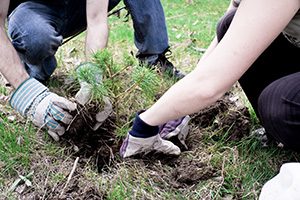 Changes in the way trees and shrubs are planted can also help mitigate the effects of climate change. One of the biggest issues that results from climate change is that trees and plants have a difficult time retaining their moisture. Thanks to Morton Arboretum studies into this issue, we now include 2-3 inches of mulch on our trees to help alleviate soil moisture evaporation.
Changes in the way trees and shrubs are planted can also help mitigate the effects of climate change. One of the biggest issues that results from climate change is that trees and plants have a difficult time retaining their moisture. Thanks to Morton Arboretum studies into this issue, we now include 2-3 inches of mulch on our trees to help alleviate soil moisture evaporation.
Other ways Hendricksen Tree Care can help care for your trees in a changing climate include:
- Inspecting for girdling roots during the growing seasons to mitigate the choking of the tree trunk which will eventually lead to the decline of the tree.
- Studying leaf color and twig growth elongation to assess the condition of the tree. These assessments are like the tree’s report cards; this is the only way our trees talk to us.
The time to work on a better climate is today. If you are concerned about how your trees and shrubs are dealing with the changing climate, contact Hendricksen Tree Care. Our arborists can assess the condition of your trees and shrubs, suggest treatments that can help them fight off insects and disease, and provide guidance in choosing new types of plants and trees. Starting a relationship with your trees now will help them live in a better tomorrow. Remember the old saying, “Life is a shade better with trees.”
For professional residential tree care service or commercial tree care service in the north Chicago, IL suburbs, contact Hendricksen Tree Care at (847) 348-8302.
